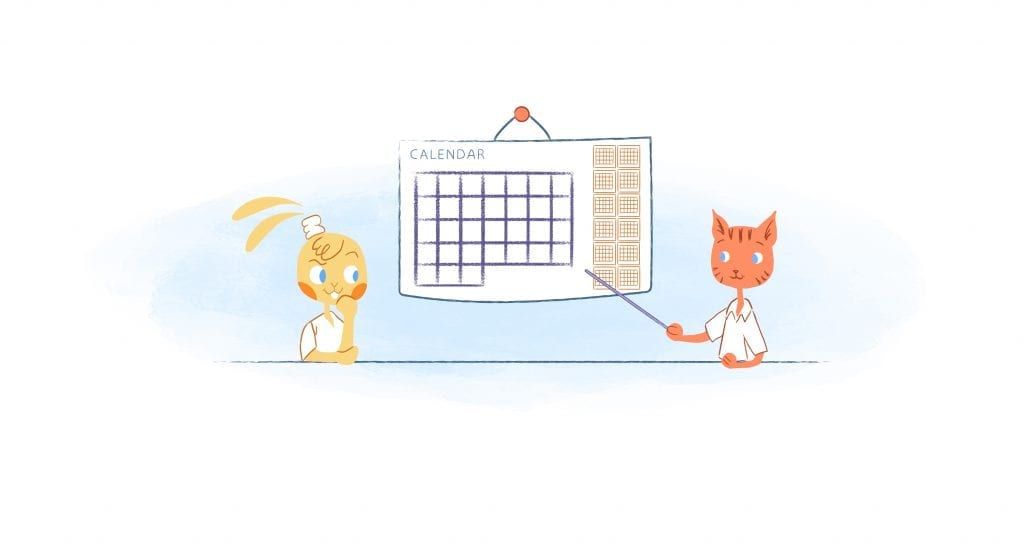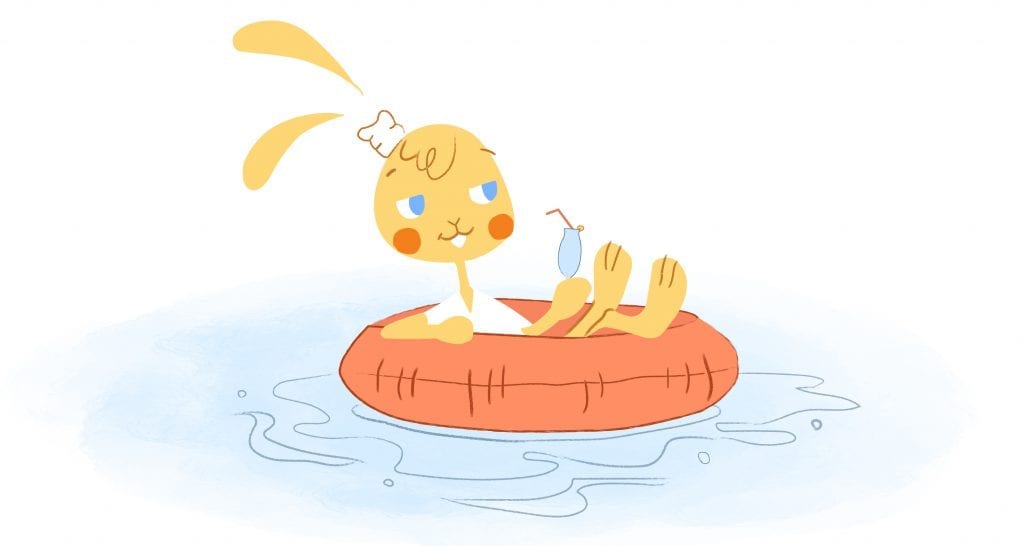

School children are taught how to tell time somewhere between the ages of 6 and 8. But simply teaching them to tell time doesn’t give them understanding of the value of time.
Sure, from the time they are walking we teach them to hurry so we aren’t late. They learn that school, church, sports events, parties, and many other activities all happen according to the almighty clock.
But to teach kids the value of time we need to instill in them that time is finite. Their future success depends on it.
Decide When to Start
When embarking upon the adventure of teaching kids the value of time, you must first decide when to start. Since schools start teaching time somewhere between first and second grade it makes sense for parents to follow suit.
Obviously you can start introducing time at a younger age, such as preschool. When starting out, this should be done in small ways.
For example, give them ten minutes to pick up their room or change their clothes. Keep in mind that until young children understand the passing of time, deadlines won’t mean as much. So, until they get it when older, don’t punish them if they don’t meet your timeframe.
Once children are a little older, teach them how to read an analog clock. Then, progress to digital clocks and learning the true value of time.
Gather Tools
Teaching children about time will take a few tools. Which ones you choose depends on both you and your kids.
As examples you could use a large analog clock purchased from a store or make one to practice on. In addition you may wish to add a calendar, watch, digital clock, hour glass, and a timer. There are modern choices too, such as fun clock and calendar apps as well as games to help them learn.
Show Them How Time Works
Clocks
Of course you can’t just show children how a clock works and expect that to be the end of it. While it will teach them to read a clock it won’t give them the understanding of time’s importance.
To gain a better understanding of the value of time, teach kids through doing. Set start and end times on a clock for homework or simple household chores.
Read the clock with them as they begin and at intervals during the task. Be sure to set a timer so everyone knows when time is up.
The goal isn’t to pressure them but to help them understand time’s passing. As they practice they’ll get better at estimating the time it takes to do chores, homework, and other activities.
Calendars
In order to teach kids the value of time they must also know about the passing of days. In other words, they need to learn about calendars.
The use of calendars for kids is not too much different than it is for adults. Calendars help kids stay on track of big projects. They also allow children to look ahead at anticipated events and plan for them.
Fun Ways to Keep Young Kids Interested
Adults are acutely aware of time as it passes and never seem to have enough of it. But for kids to stay interested in learning about time it needs to remain fun.
Make a Clock
As mentioned earlier, you can help your kids make a clock to learn about the value of time. It’s so simple it can be done in four easy steps.
After making the clock, quiz children on how to “set” the clock for different times. Or, do the reverse by setting it and asking them what time it is.
If they have trouble, tell them the hour hand is short and the word “hour” is short in length. To learn the minute hand, the word “minute” is long like the minute hand on a clock.
Have Clock Races
Set a timer and give kids 5 different times to put on their paper plate clock. See how long it takes them to complete the task.
Another idea is to let them invite a friend and race each other. Make 5 clocks on paper for each of them and have them write the time underneath.


Make a Family Calendar
A fun way to engage kids while learning about calendar management is to let them use markers, colored pens, or crayons to decorate one. Give them fun stickers to put on holidays such as Christmas, Halloween, or birthdays.
Make sure to put everyone’s events on the calendar so kids understand about schedules. You can color code each person’s activities so they are easier to see on a full calendar. Then, when changes need to be made, invite your child to help update the calendar.
When each day draws to a close, let your child cross off the day on the family calendar. This will help them learn more about the passing of time.
Make Calendars for Each Child
Let your child have their own calendar separately from the family calendar. This one could be detailed with all of the things your child does each day.
As tasks are completed, let your child mark off each one. To take it a step further, help them time each activity and record it on their calendar.
If there are school events, let them add them those to their calendar as well. This will help them keep track of upcoming activities they look forward to.
Having their own calendar serves another purpose as well. It allows kids the chance to set daily goals and know what’s next on their task list.
Stick to a Schedule
When kids beg for more time because they’re having fun it’s hard to deny them sometimes. But if they have chores or homework to do they must learn responsibility in relation to the value of time.
It’s important at these times to stay strong and stick to a schedule. This way kids understand the passing of time and learn to how to manage time wisely.
Avoid Overscheduling
Something else to be cautious about when teaching kids the value of time is overscheduling. In their attempts to offer choices some parents sign up their kids for too many activities.
When the family calendar is loaded with events every day it may not allow for free time. This can stress kids out and make them feel rushed. It certainly doesn’t help them when it comes to time management either.


Include Free Time
Creating a schedule that you and your children can adhere to helps them understand how to manage time. But including free time is a part of that.
Free time allows kids the chance to choose the activities that fill that time block. This could be a movie, play time alone, or reading a book. Whatever they choose, unstructured time helps them understand they are in charge of managing that time stretch.
Reward Good Time Management Practices
A final way to teach kids the value of time is through rewards. To keep your children involved, let them have some say in what the rewards are, within reason.
Perhaps a good reward would be extra free time or a favorite, but rare, activity. Or, it could be a reward the whole family enjoys together. Whatever it is, make sure your child knows saving time through time management made the reward possible.
Knowing how to manage time is important to the future success of your children. The sooner you teach kids the value of time the better prepared they will be to become adults.











Kayla Sloan
Kayla is a financial productivity expert that wants to help everyone pursue a life of freedom. My goal in life is to help people feel less chained to their jobs. You deserve to find the best. Lets get their together!